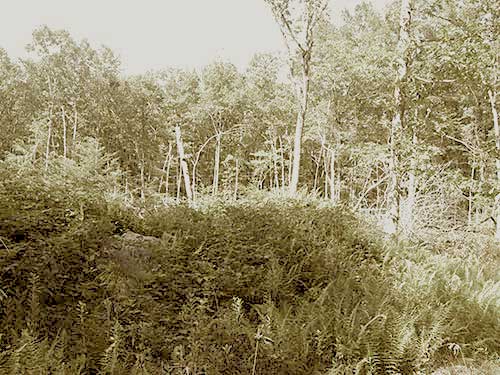

From the mid-thirteenth to the sixteenth century, the southern German territories practiced live burials. Initially, men who were convicted of being sodomites, rapists, and men who practiced bestiality were subjected to live internment. It wasn’t until the later centuries that live burials became a punishment for women convicted of murder.
The method used by the Germans to bury their criminals was brutal, to say the least. First, a pit would be dug up and lined with thorn branches and nettles. The criminal was then laid out in the pit to endure the pain of the thorns and the discomfort of the stinging nettle herb.
As the criminal lay in the pit, she may have been spiked into the earth with an oak stake or the executioners may have just continued on with the next part of the burial.
More nettle and thorn branches were placed over the live body. Finally, earth was poured into the pit, suffocating the criminal.
It was a slow and painful death, although, if the body had not been staked before being covered with ground, her only hope was that they would take mercy on her and drive a long oak stake deep into the earth to release her from her pains.
By the 16th century, live burials were quickly growing out of fashion. The mode of execution was considered exceedingly cruel.
During one live burial in the 1500s, a woman struggled so much in the pit that she ripped off chunks of her skin from her arms and feet. The executioner took pity on her condition and immediately pardoned her.
Live burial was later replaced with drowning. For this form of brutal execution, not much better than live burial, the criminal was sewn into a sack and drowned. Executioners felt that this form of death was preferable to all because no one could see the death struggles happening under the water. [1] [2]

